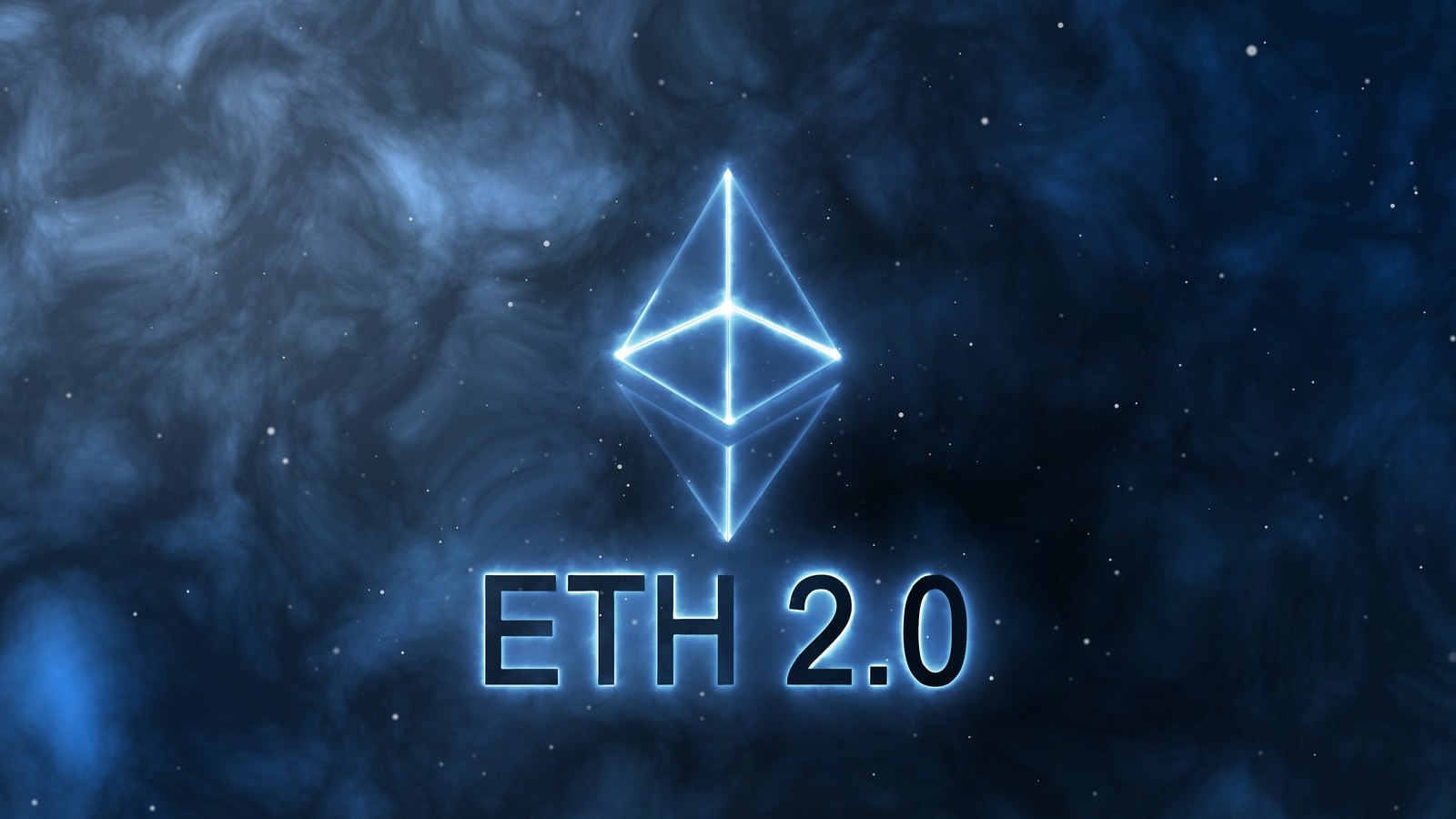Ethereum’s successful update of its last testnet, Goerli, means the Web3 platform is in the final throes of a technological transition that’s been a long time coming. Goerli was the last test before the final upgrade to Ethereum’s Virtual Machine (EVM), the software platform powered by the Ethereum cryptocurrency. The Merge, which refers to the hard-fork of Ethereum’s mainnet proper, will bring a series of changes, chief of which is the transition towards a Proof of Stake (POS) model instead of the current, graphics-card powered Proof of Work (POW).
Goerli is just the last in a series of testnet upgrades that have been happening throughout the year. Each testnet upgrade aimed to diagnose potential code vulnerabilities, issues, and unforeseen circumstances that could render Ethereum’s network inoperable. That the last testnet finally concluded its transition means the EVM’s gears are well-oiled for a successful transition come September.
The Merge’s main feature is that it will enable Ethereum to transition from the energy-intensive security method known as Proof of Work (where validators/miners employ graphics cards to solve the cryptocurrency’s Dagger-Hashimoto algorithm, ensuring transactions are processed correctly) toward Proof of Stake.
Proof of Stake does away with the computationally intensive security method; instead, validators will have to show they have a stake in Ethereum’s future by holding the equivalent of 32 ETH in their node. Holding these 32 ETH units theoretically means that these validators have Ethereum’s well-being on their mind (since working against it or “poisoning” transactions would likely eat into its market perception and value, in turn reducing the value of their staked Ethereum tokens).
The adoption of POS has been speculated as the next step toward Ethereum’s institutional adoption. Environmental concerns have been cited as a reason for it not being more widely used as a development platform.
It has also been a thorn in the sides of PC enthusiasts, as it drove never-before-seen races from miners towards securing the latest graphics cards from both Nvidia and AMD to use for mining purposes. While AMD seems to have made it relatively unscathed through the recent GPU mining rush, Nvidia has had to take multiple steps to reduce this added demand’s impact on its products. This led to the introduction of a software lock on its cards that detected cryptocurrency mining workloads and capped performance (the so-called Lite Hash Rate limiter), as well as by offering a cryptocurrency-specific GPU lineup, the Cryptocurrency Mining Processor (CMP) series.
In response to the successful testnet merge, Ethereum’s price has enjoyed substantial positive action, increasing by 12.6% in the last 24 hours, building the cryptocurrency’s market momentum towards a 19.58% appreciation during the last week.
Ethereum has gone the same way as Bitcoin, stocks, and most other cryptocurrencies, crashing hard during the current bear market that’s still being felt on account of macroeconomic (rampant inflation and severely reduced consumer spending) and geopolitical concerns (namely, the Russian-Ukrainian war and high tensions in the border between China and one of the world’s most essential semiconductor nodes, Taiwan).
The cryptocurrency market is already making its moves regarding adopting or refusing Ethereum’s transition, with several proponents defending a hard-fork of the EVM that would enable them to keep leveraging the POW model to keep miners in the game. This has been a matter of heavy contention within Ethereum’s community and has prompted certain cryptocurrency players to throw their hats on one side or the other.
It remains to be seen where the chips will ultimately fall come Ethereum’s mainnet Merge in September, but the odds – and software engineering – seem to be on the side of a successful transition and a new age for the cryptocurrency.
